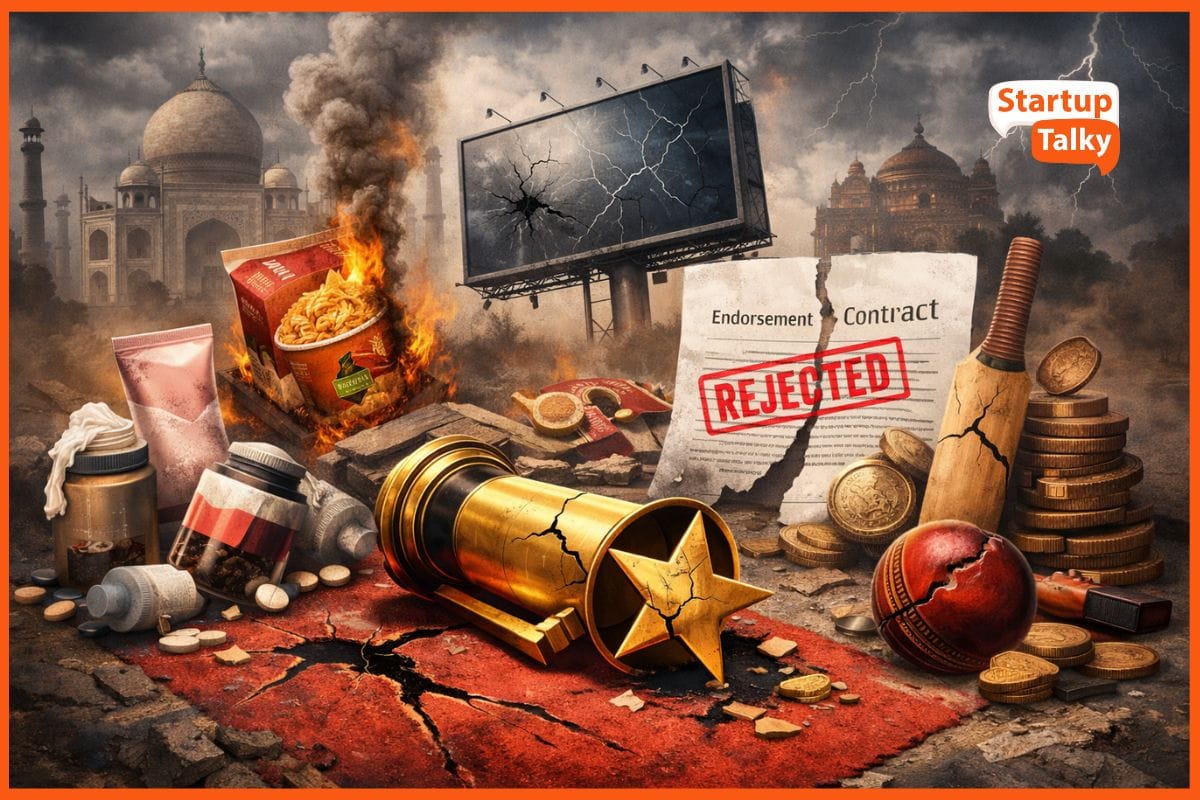Amazon Pricing Psychology- 6 Ways Amazon Gets You to Spend More?
🔍Insights
Amazon, the company that started as an online retailer for books back in 1994 is now the largest e-commerce company in the world. As of January 07, 2022, the company is worth $1648.78 billion.
Today almost everyone depends on Amazon and with good reason. You can find almost everything you would ever need delivered right to your doorstep. So how did Amazon get where they are today?
Most importantly they’ve managed to stay at the top of the e-commerce business even with the rise of new competitors. To understand this growth and stability shown by the company, we’ll have to take a look at their history and analyze their biggest techniques that help them stay at the top.
About Amazon
The Psychology Behind Amazon’s Pricing
About Amazon
Founder and former CEO of Amazon, Jeff Bezos financed Amazon with $10,000 of his own money to get the company up and going in 1994. Amazon at that time was completely operated by Bezos, his wife, and a small staff team working in his garage in Bellevue, Washington. Shortly after in 1997, Amazon went public with a $300 million valuation at $1.96 per share.

Amazon later on in 1999, allowed third-party sellers to sell their products using their website. Since the company already had satisfactory growth in the online sphere, retailers started using the platform with the goals of expanding their public reach and economy. Just within 4 months of letting third-party companies sell, over 250,000 customers had bought goods from a variety of different companies through Amazon.
Every year Amazon has been getting better, offering more services and a better customer experience than before. In 2005, Amazon introduced its customer loyalty program known as prime. Prime gave users that extra fast delivery and service speed that they needed for a small monthly fee.
Prime also expanded on to provide media services such as prime movies, music and gaming. Customers were more than happy to pay the monthly subscription for what they would’ve otherwise missed. At least that’s how the consumer mentality boosted Amazon’s sales after it launched prime.
The very next year the company went ahead with Amazon Web Services(AWS) to consider and profit from the various cloud computing needs of the world.
Amazon has also been actively developing the Amazon Echo line of smart products along with their assistant Alexa. The company has been growing ever since. Every year new products get added to Amazon, which starts bringing in new customers for the company.

The Psychology Behind Amazon’s Pricing
Amazon’s success isn’t just because of the risks they take or companies they endorse, rather it's mostly due to some clever marketing techniques. Communicating a product’s nature and value to a customer is essential for a successful e-commerce store. Here we’ll go through some of the well-known pricing strategies used by Amazon to boost sales.
1. Prestige Pricing
Consumer stores and shopping centers often use charm pricing as a way to get more sales. It’s common to see the price of a product just a cent below its actual cost. Prices like $4.99 seem cheaper compared to $5 when the difference is almost negligible.

Prestige pricing is the exact opposite of this methodology. While some people may find lower prices more attractive, others may doubt its value and authenticity due to its lower prices.
Prestige pricing is where the price of a commodity is rounded off to the nearest rounded figure so the price seems ideal. The higher and rounded prices make a product seem more valuable than it actually is.
Customers are more likely to buy a product that will provide them with more value for money. That’s exactly what gets companies like Amazon more sales using this pricing method.
2. Price Anchoring
If you've ever used Amazon you might have noticed how you 'always' seem to get a better deal. Simple comparative pricing makes consumers feel like they’re getting better offers when in reality it’s just a way to promote sales.
Price anchoring is a popular way of getting more sales. Several e-commerce stores including Amazon make use of a simple strikethrough price which enhances the value of the actual price.
Although price anchoring and price discounts are different, the technique has been effective in gaining sales as shown by e-commerce statistics. In the world of digital stores, a sale is equivalent to a customer’s click. Hence price anchoring makes good use of perception to increase sales.
3. Amazon Prime
In 2022, about 142.5 million of Amazon’s total users are members of its Prime program. Amazon Prime is a paid subscription-based customer loyalty program that Amazon offers. Since its introduction in 2005, the number of prime users has been increasing progressively.

Having a prime membership makes a user eligible for certain perks from Amazon. For starters, customers with prime get faster deliveries, access to special sales earlier, and Amazon’s media and entertainment services such as Prime Video, Prime Music, and Prime Gaming.
Paying about ₹179 monthly gets you all these benefits and it's no doubt why people prefer to subscribe to prime. The feeling of getting a higher priority and more gains is what prompts people to stay as prime users. Amazon Prime video generated $3.6 billion in revenue sharing in 2020.
4. Comparative\Decoy Pricing
Comparative pricing is a technique used to boost the sales of one product using a decoy product with alternative pricing. Let’s say you have a product that you’re interested in. If two products of similar nature are being presented, one with better overall value than the other, the choice is rather obvious. Comparative pricing is where a product is intentionally made to look bad to promote the sales of another product.

While the decoy product dips in sales, the targeted product gets more sales and that’s completely intentional. The goal here is to get the customers to choose the targeted product instead of the other.
5. Price Framing
Everyone in marketing knows that a good sales pitch means a positive impact on sales. Price framing is how a product’s price is presented to the customers. The visuals associated with price presentation and context matter because a customer often makes their decision at the last minute and what they see has to appeal to their mindset.
Simply adding additional text such as ‘only for’, ‘best deal’, ‘20% OFF’ makes the customer feel like they’re getting a bargain. E-commerce companies gain much more sales due to their marketing campaigns which use this method as well.
6. One Time Deals
Adding a time limit to deals and offers speeds up the decision-making process for customers and also makes products seem more valuable. Amazon has been offering limited-time deals for a while now and it's common to see flash sales during festive seasons. Often these one-time deals aren’t much different from what you can get a product for, considering you have the patience to wait a while.
As far as most common products on an e-commerce platform are considered, the prices never really stay high for long. It’s only a matter of time before new products rise and the older prices dip. However, customers are tricked into thinking that the reduced prices are indeed a limited-time offer and hence Amazon make huge sales just by adding a timer with a lower price.

Conclusion
Amazon makes excellent use of modern-day technology and scientifically proven marketing techniques to always develop the perfect pricing to get sales going. It’s all about the customer mindset when it comes to e-commerce and that’s where the use of passively manipulative methods shines the most.
Not all of it is ethical, but the majority of applied techniques are rather intuitive and that is what keeps Amazon’s sales up high during the roughest of times.
FAQ
How does Amazon use psychology?
Decoy pricing, Price anchoring, Prestige pricing, and limited-time deals are some ways Amazon uses psychology to get you to buy more.
Why do Amazon prices keep changing?
Amazon keeps changing its prices according to trends and customer feedback.
How does Amazon use psychology to get you to buy more?
Amazon creates a sense of urgency by displaying the products left till it gets out of stock.
Must have tools for startups - Recommended by StartupTalky
- Convert Visitors into Leads- SeizeLead
- Website Builder SquareSpace
- Manage your business Smoothly Google Business Suite






